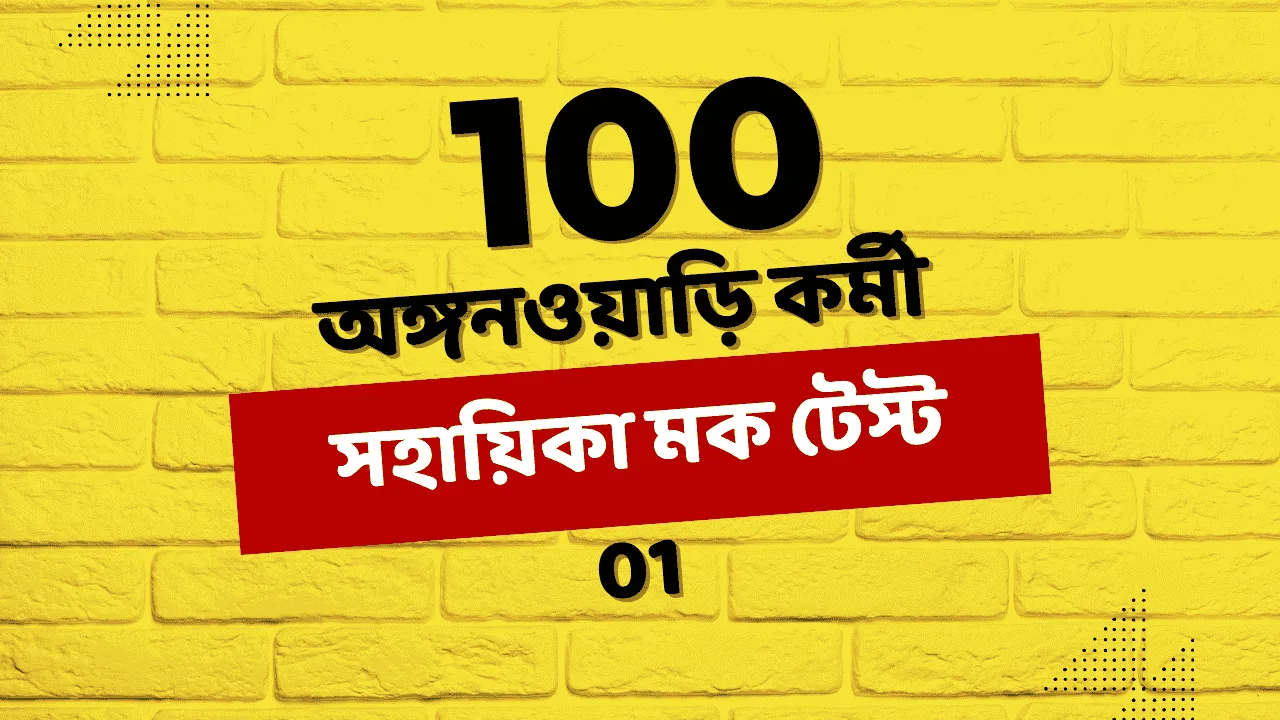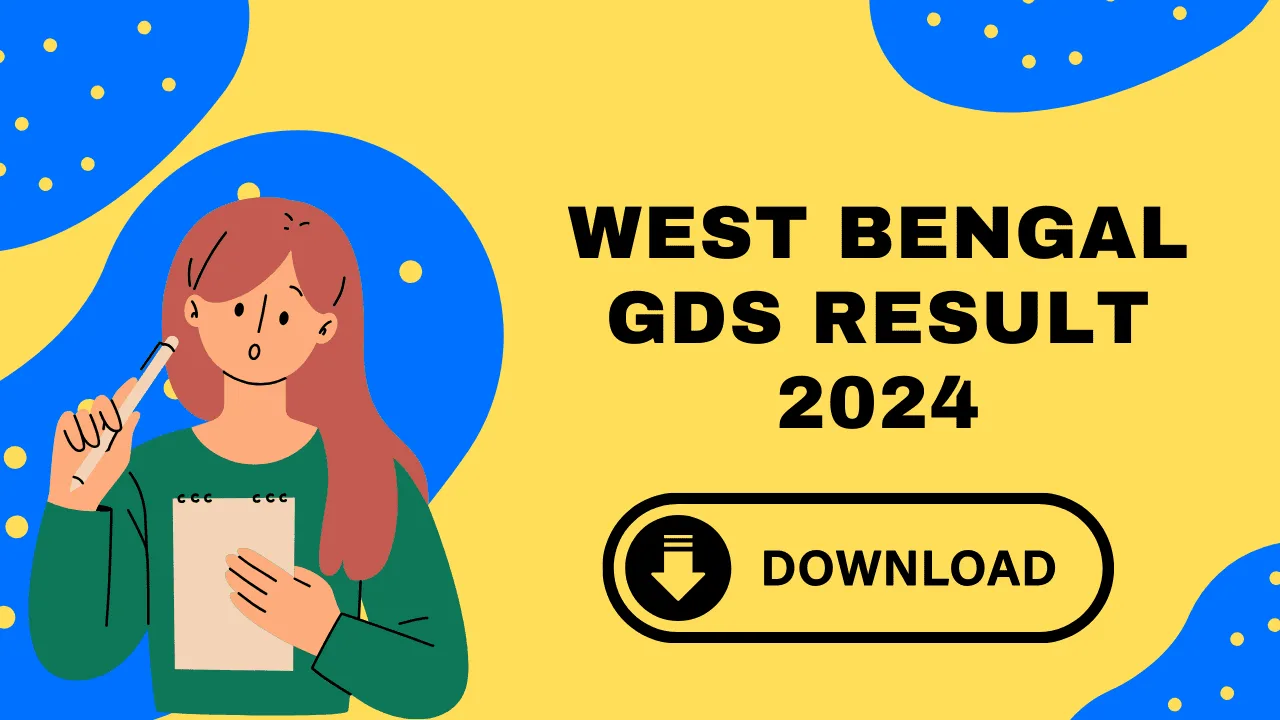Introduction
Welcome, everyone! In this blog post, I am going to guide you on how to create a high-quality SEO optimized blog post from a video transcript. Whether you are a beginner or an experienced blogger, this guide will help you understand the process of converting a video transcript into an engaging and SEO optimized blog post.

Keyword Research for SEO optimized blog post
The first step in creating a SEO optimized blog post is to perform keyword research. You need to identify the main keyword and related keywords that are relevant to your blog post. By doing so, you can optimize your blog post for search engines and attract organic traffic to your website. For instance, if you are writing a blog post about “blogging in Hindi,” you should focus on keywords such as “blogging in Hindi,” “Hindi blogging,” and “blogging tips in Hindi.”
Once you have a list of keywords, make sure to note them down. These keywords will help you structure your blog post and cover the topics that your readers are searching for. Incorporating these keywords throughout your article will improve its visibility on search engines like Google.
Content Creation
When it comes to creating content for your SEO optimized blog post, it is essential to organize your thoughts in a structured manner. I recommend outlining your content by writing down your key points in a logical order. You can use a notepad or a piece of paper to jot down these points. By doing so, you will have a clear framework for your blog post and can easily develop each point into a paragraph or subheading.
Remember to create an attention-grabbing title for your blog post. A captivating title will attract readers and encourage them to click and read your article. You can use online title generators or search for popular titles related to your keywords to get inspiration. For example, “Blogging in 2020: 7 Ways to Create an Engaging Blog Post” is an attractive title that incorporates the keyword “blogging” and promises valuable information.
Once you have your title, structure your blog post by using proper headings and subheadings. Your main title should be formatted as an H1 heading, and subsequent headings should be H2 or H3, depending on their importance. This will make your blog post more scannable and easy to read.
Internal and External Linking
Internal linking is an important aspect of SEO. It helps search engines understand the structure of your website and improves user experience. You can link your new blog post to relevant older posts on your website. This will not only provide additional information to your readers but will also help search engines discover and index your content more efficiently. Ensure that the anchor text for internal links includes your targeted keywords.
Similarly, external linking can also be beneficial for your blog post. You can link to high-authority websites such as Wikipedia to provide additional context or support to your claims. External links can also help search engines understand the relevance and credibility of your content.
Optimizing Your Blog Post
Now that you have written your blog post, it’s time to optimize it for search engines. Here are some key points to keep in mind:
- Use your target keyword in the title, first paragraph, and throughout the article. However, be cautious not to overuse it, as it can lead to keyword stuffing and penalization from search engines.
- Make sure your content is readable and understandable for an eighth-grade level audience. Avoid using complex jargon or technical terms.
- Include your focus keyword in the meta description, which appears in search results. This will give readers a preview of your content and entice them to click.
- Add alt attributes to your images. These attributes provide alternative text for visually impaired users and also help search engines understand the content of your images.
- Keep the length of your article between 1000-2000 words. This is considered an optimal length for blog posts and allows you to provide comprehensive information to your readers.
- Check the uniqueness of your content to avoid plagiarism. Use online tools like smallseotools.com to ensure your content is original and not copied from elsewhere.
Conclusion
Creating a blog post from a video transcript can be a highly effective way to engage your audience and improve your website’s visibility on search engines. By following the steps outlined in this guide, you can easily convert your video transcript into a well-structured and SEO optimized blog post.
Remember to perform keyword research, create valuable content, optimize your blog post for search engines, and incorporate internal and external links. By implementing these strategies, you can attract organic traffic, increase user engagement, and achieve higher rankings on search engine results pages.
If you found this blog post helpful, please consider sharing it with your friends and colleagues. Feel free to leave a comment below and let me know your thoughts or any questions you may have. Happy blogging!









Nice